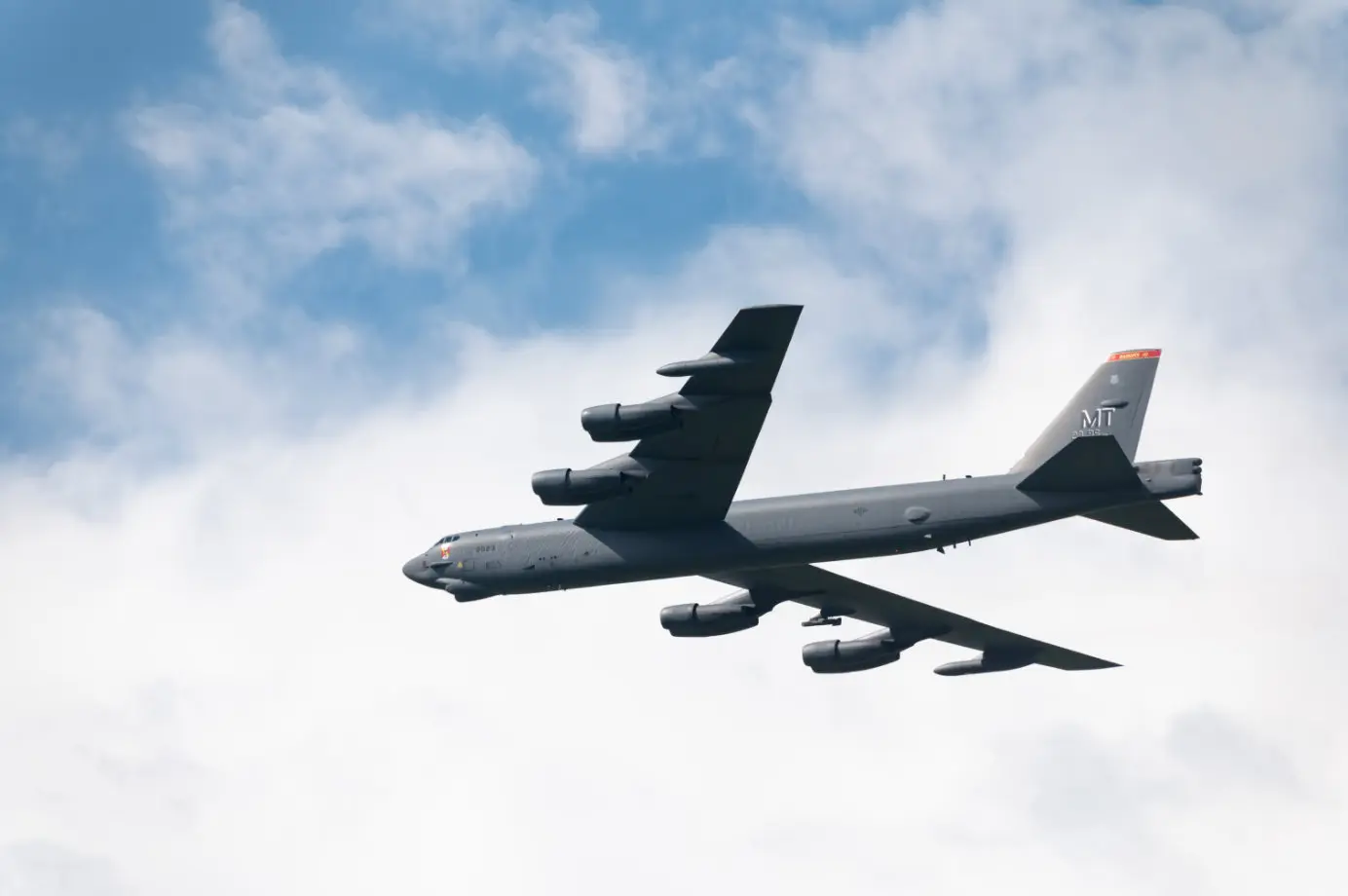
How Many B-52 Bombers Were Built? Here's the Complete Count
Discover the total number of Boeing B-52 Stratofortress bombers constructed throughout history. Explore the impressive legacy of this iconic aircraft.
Table of Contents
Are you curious about the history of the Boeing B-52 bombers? Have you ever wondered how many B-52 bombers were actually built? Well, you've come to the right place. In this article, we will decode the numbers and provide you with the complete count of B-52 bombers ever built.
The B-52 bomber has become an iconic symbol of American military power. With its distinctive design and capabilities, it has played a crucial role in numerous historical conflicts. But just how many of these powerful aircraft have been produced?
We have compiled a comprehensive list of all the B-52 bombers ever built. From the initial prototypes to the latest models, we will take you on a journey through the production history of this legendary aircraft.
Join us as we delve into the fascinating world of B-52 bombers and uncover the true count of these remarkable warplanes.
A Brief Historical Overview of the Boeing B-52 Stratofortress
The B-52 bomber has a rich history that dates back to the 1940s. Developed by Boeing, it was designed to meet the United States Air Force's requirement for a long-range strategic bomber capable of delivering nuclear weapons. The first prototype, known as the XB-52, took to the skies in 1952, showcasing its impressive capabilities.
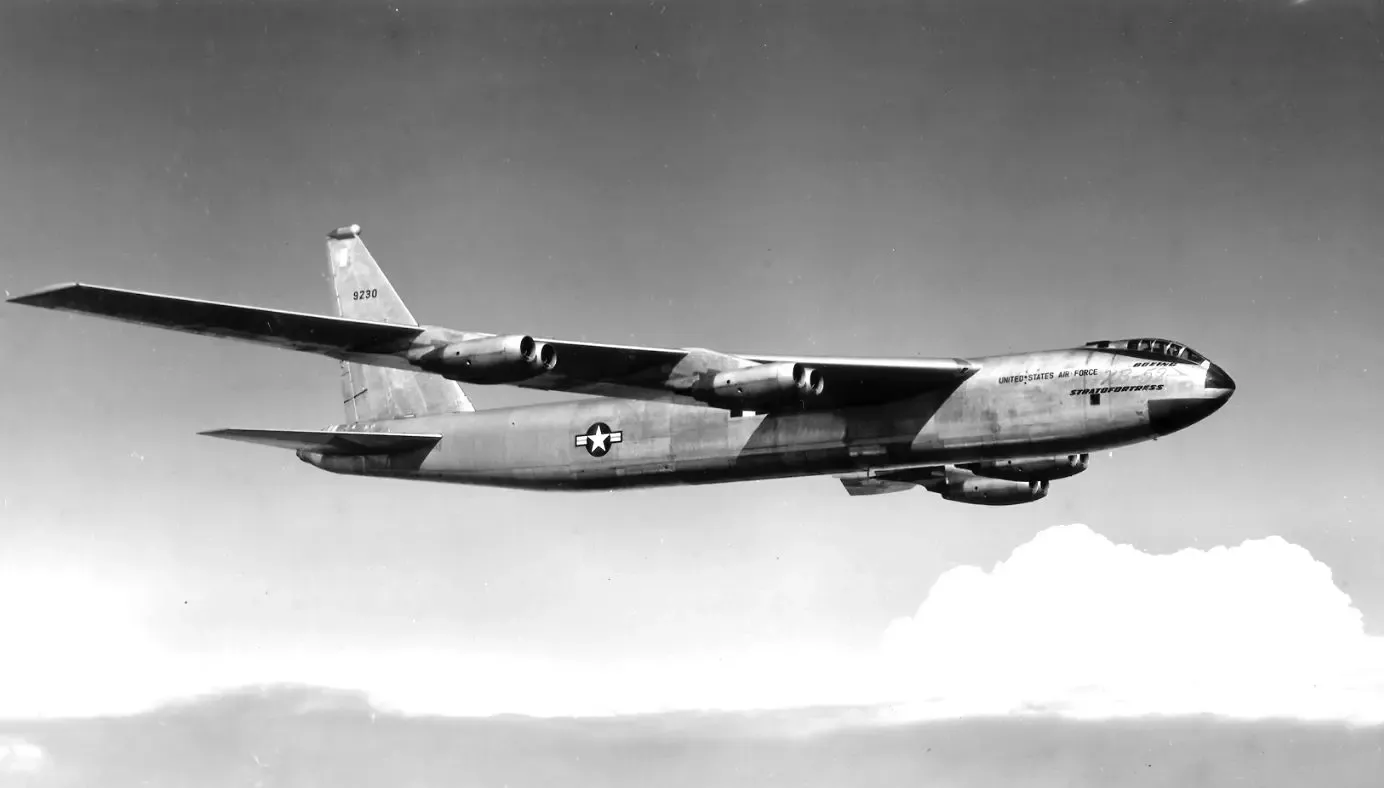
Over the years, the B-52 went through several iterations and improvements. The initial models, known as the B-52A and B-52B, were followed by more advanced versions such as the B-52C, B-52D and up to the B-52H. These early variants laid the foundation for the later models that would come to define the B-52 bomber program.
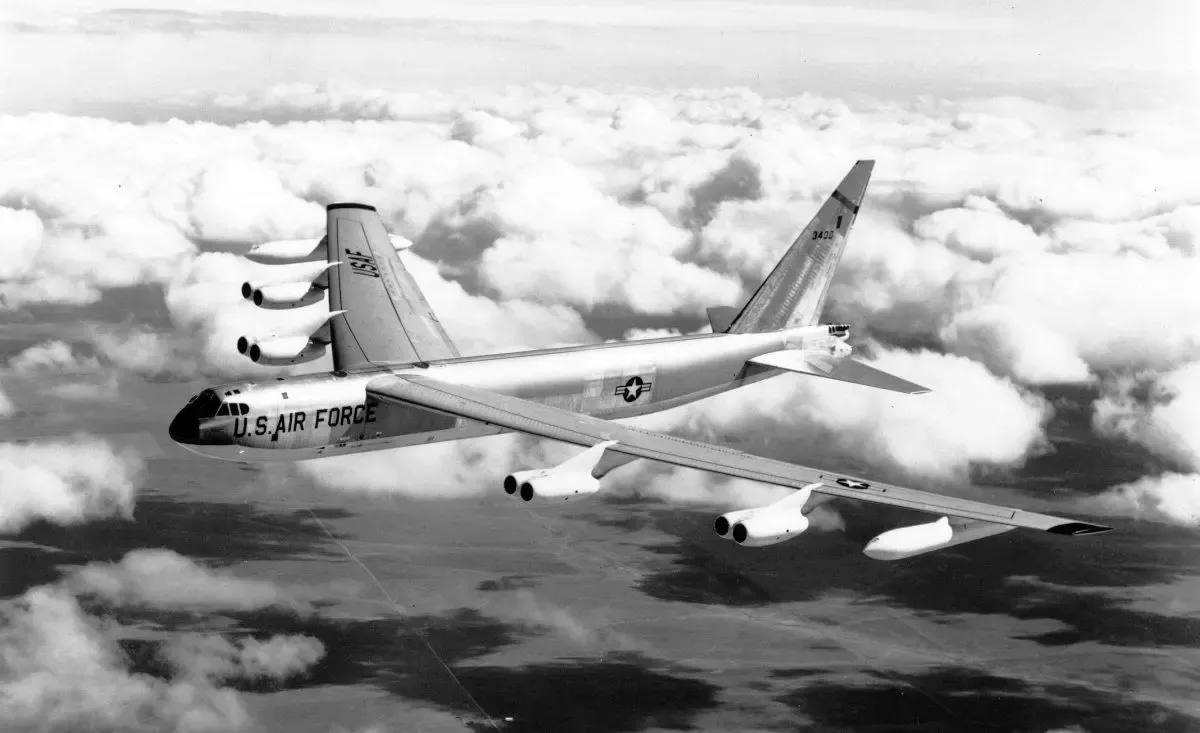
Why Is It Important How Many B-52 Bombers Were Built?
Understanding the production count of the B-52 bomber is essential for several reasons.
Firstly, it provides insight into the scale and magnitude of the entire B-52 program, highlighting the significant investment and resources dedicated to its development from both the United States Air Force and Boeing.
Secondly, it allows us to understand the impact and influence of the B-52 bomber on military operations and even global politics.
By examining the production count, we can also gain a deeper understanding of the technological advancements and innovations that have been incorporated into the B-52 bomber over the years. Because the Boeing B-52 is an old aircraft and some of them are still in active service, substantial technological upgrades have been required to keep them relevant over the years.
This knowledge is essential for appreciating the capabilities and versatility of this remarkable aircraft.
How Many B-52 Bombers Were Built?
So, how many B-52 bombers have been built in total?
Breakdown of B-52 Bomber Variants and Their Production Counts
Let's take a closer look at the different variants of the B-52 bomber and their respective production counts:
| Variant | Production Count |
|---|---|
| XB-52 Prototype | 2 |
| B-52A | 3 |
| B-52B | 50 |
| B-52C | 35 |
| B-52D | 170 |
| B-52E | 100 |
| B-52F | 89 |
| B-52G | 193 |
| B-52H | 102 |
A total of 744 B-52 bombers have been produced
These numbers provide a comprehensive breakdown of the production counts for each variant, allowing us to better understand the evolution and development of the B-52 bomber program.
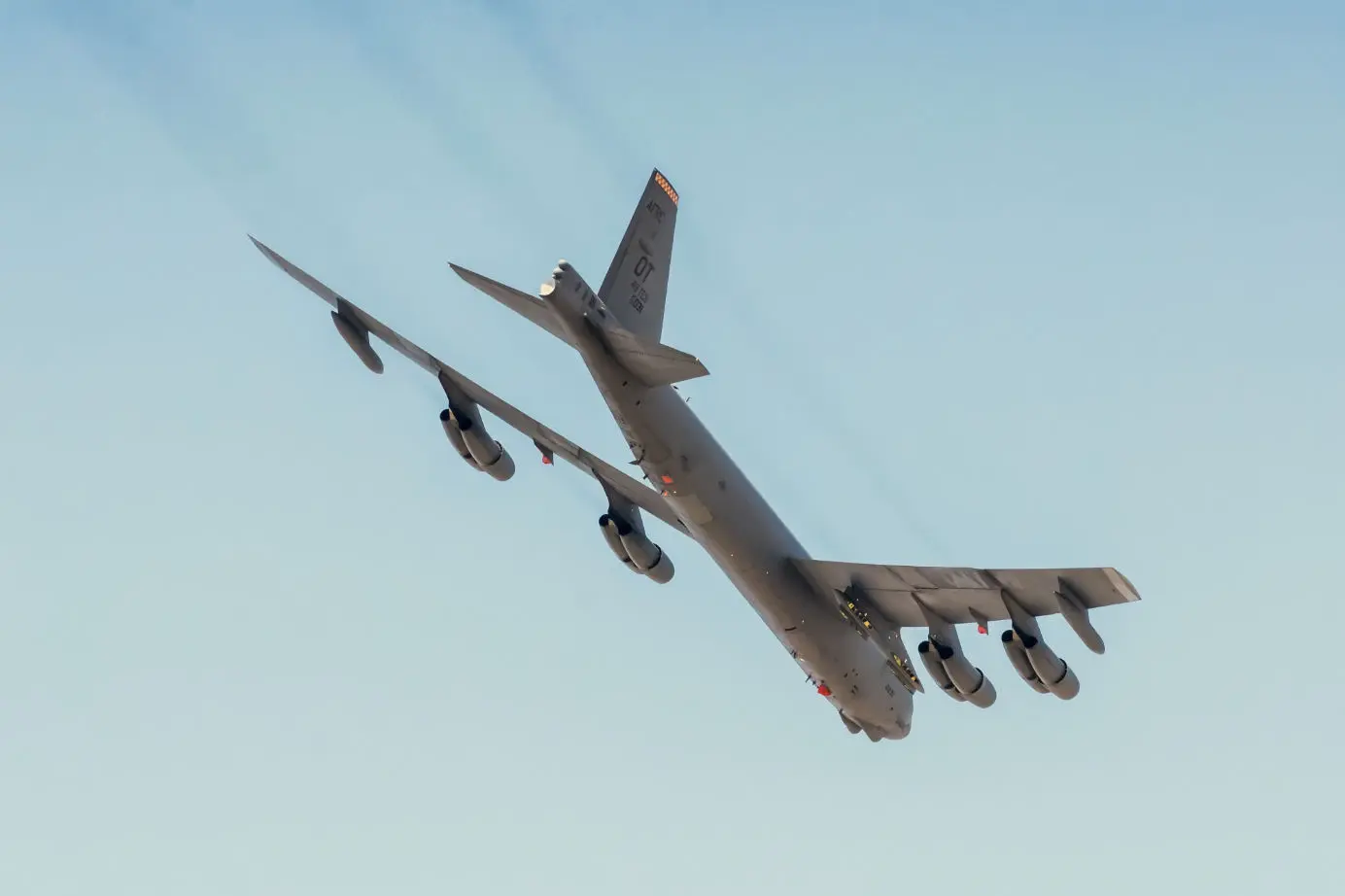
The B-52G variant was the most produced, followed by the B-52D and B-52H. Only three of the first production variant, the B-52A, was made as Boeing quickly went on to the B-52B design variant which featured a number of upgrades. None of the B-52A aircraft entered service but one was modified to carry the North American X-15 rocket-powered aircraft.
On 29 June 1955 the B-52B became the first variant to enter service with the United States Air Force. It featured minor changes to the engines and some avionics modifications.
Fuel capacity and range was improved on the B-52C variant by equipping it with larger fuel tanks and a new fire control system was introduced.
The most significant upgrade on the B-52D was the added capability to carry bombs externally and carry heavy loads of bombs for carpet bombing in Vietnam.
On the B-52E, Boeing added some avionics and radar upgrades and improved bombing navigation systems. It was visually identical to the B-52D and was only a slight upgrade.
Boeing equipped the B-52F with new, more powerful engines giving it greater thrust than previous variants. Internal modifications to the wing structure were necessary due to these new engines.
Introduced in 1958, the B-52G variant which featured a shorter tail than earlier versions. It also received flight control and fuel system modifications and moved the rear gunner station from the aircraft's tail to the main crew compartment where the guns were controlled remotely.
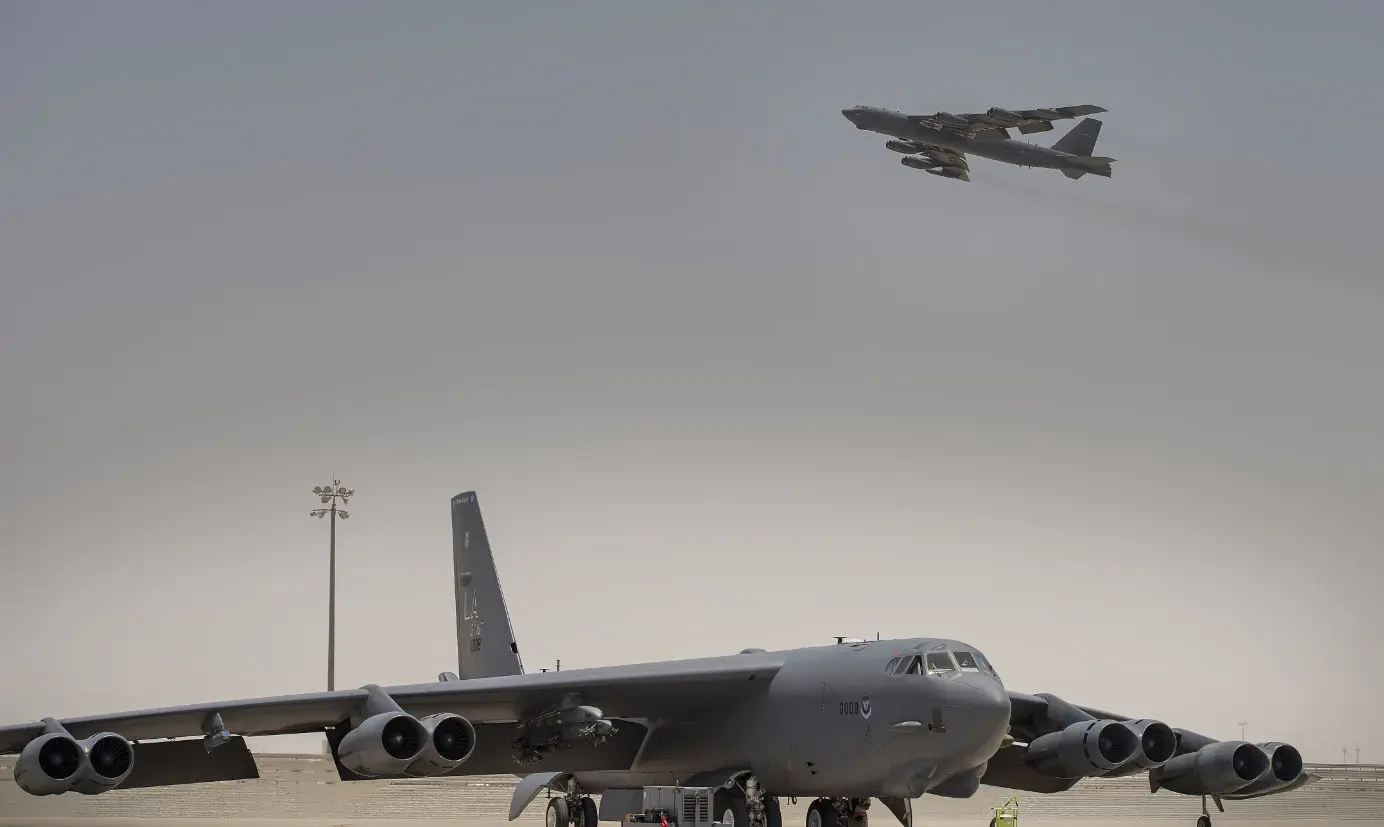
The Boeing B-52H variant was similar to the B-52G but Boeing switched to Pratt & Whitney JT3D turbofan engines which improved the aircraft's fuel efficiency and general performance. The B-52H entered service in 1961 and is the only variant still in use by the United States Air Force.
Notable Milestones and Achievements of the B-52 Bomber Program
The B-52 bomber program has achieved several significant milestones throughout its history. Here are some notable highlights:
- June 1945: The desired criteria for a new bomber aircraft is defined by the Air Materiel Command (AMC).
- November 1951: The first prototype named XB-52 is rolled out of Boeing's plant in Seattle during the night and under a cloth. However, the prototype encounters mechanical problems and a second plane called the YB-52 is prepared.
- April 15, 1952: The YB-52 flies for the first time and lands safely after a two hour flight.
- June 1955: Boeing delivers the first "real" B-52 Stratofortress, a B-52B variant, to the Strategic Air Command.
- June 1962: After 11 years of producing the B-52 Stratofortress, Boeing finishes the final aircraft, a B-52H variant at their Wichita plant.
- Mid-1963: The B-52 force has 630 available aircraft operating out of 38 sites across the United States and Puerto Rico. This constitutes the peak of the B-52 force.
- June 1965: In the Vietnam War the Boeing B-52 Stratofortress sees combat for the first time.
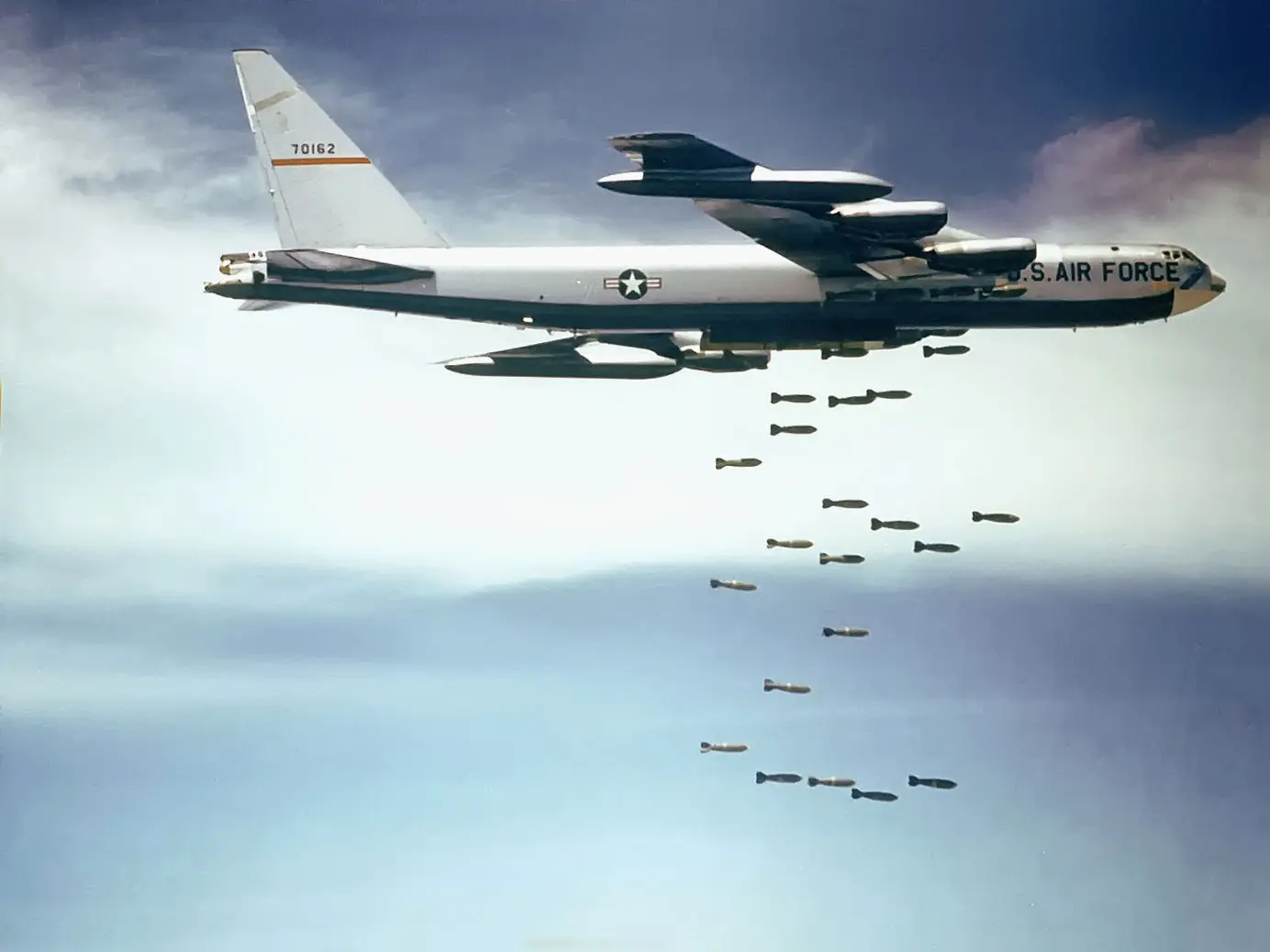
- January 1966: A KC-135 and a B-52G carrying four nuclear bombs, collides midair above Palomares, Spain, destroying both aircraft. Three of the bombs fell to the surface and were recovered shortly after. The fourth plunged into deep water and wasn't recovered until April 1966.
- August 1993: The first of 350 B-52s are dismantled and scrapped in order to comply with the terms of the Strategic Arms Reduction Treaty with the former USSR - Not because they are outdated.
- August 1994: Two Boeing B-52Hs fly around the world non-stop during the "Exercise Global Power 94-7". Their flight took 47 hours and 12 minutes, covering 20,062 miles and sets a world endurance record. During the trip they needed five air refuelings.
- Early 1995: The B.52 Stratofortress celebrates 40 years in active US military service.
- September 1996: During Operation Desert Strike, B-52s fired conventional air launched cruise missiles (CALCM) at Iraqi targets.
- March-June 1999: B-52s performs strike missions against targets in Kosovo during Operation Allied Force.
- October 2001: B-52 bombers begin attacks over Afghanistan during Operation Enduring Freedom.
- March 2003: The B-52 begins combat operations in support of Operation Iraqi Freedom.
- 2013-2015: The B-52s are upgraded and are expected to operate until the mid-2050s.
- 2015: The Boeing B-52 has been in active service for 60 years.
These milestones demonstrate the enduring legacy and impact of the B-52 bomber program on military aviation and strategic capabilities.
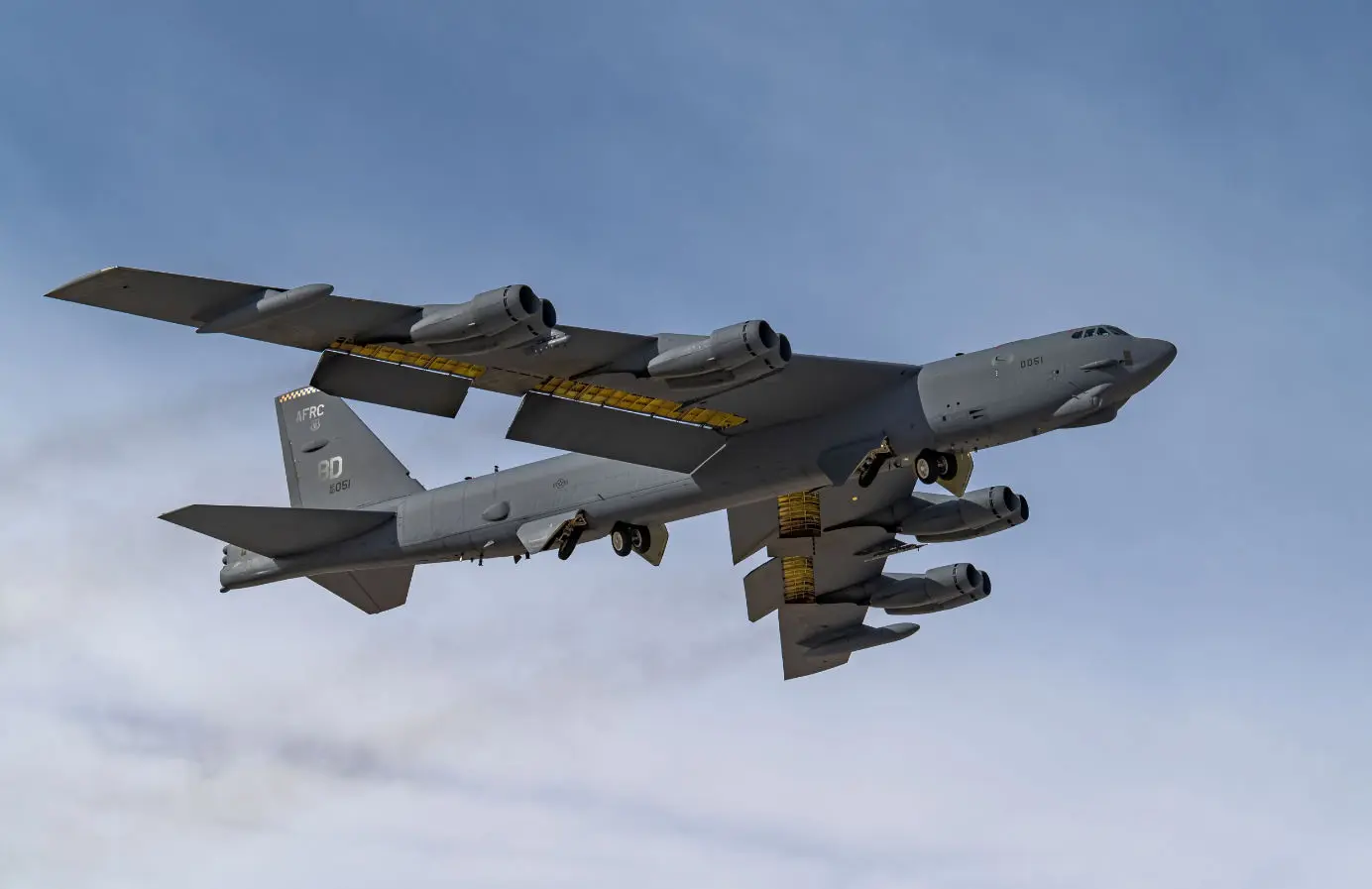
Current Status and Future Prospects of the B-52 Bomber
Despite its age, the B-52 bomber continues to be a vital asset for the United States Air Force. Upgrades and modernization efforts have ensured that the B-52 remains relevant and capable of meeting the evolving challenges of the modern battlefield into the 2050s.
Why does the United States Air Force keep relying on the aging Boeing B-52 Stratofortress? Because it remains an economical and effective aircraft - Especially considering the missions it has carried out since the Cold War against nations without advanced air defence capabilities.
New bomber aircraft are being developed however. Northrop Grumman won a contract for the next strategic bomber of the United States Air Force. The advanced B-21 with stealth capabilities is intended to replace the Northrop Grumman B-2 Spirit, Rockwell B-1 Lancer and perhaps the Boeing B-52 Stratofortress in the long run.
Looking ahead, the future prospects of the B-52 bomber program are promising however. In 2021 Rolls-Royce won a contract to replace the B-52H's engines with newer, more durable F130 turbofan engines. The intention is to extend the B-52's service life into the 2050s and provide a useful boost to range and fuel efficiency.
With advancements in technology and the emergence of new capabilities like the new Rolls-Royce F130 engines, the B-52 will continue to play a crucial role in military operations for years to come.
Conclusion: The Enduring Legacy of the B-52 Bomber
The B-52 bomber stands as a testament to solid engineering, technological prowess, and military power. Its high production count, variants, and achievements highlight its significance in the history of aviation and military operations.
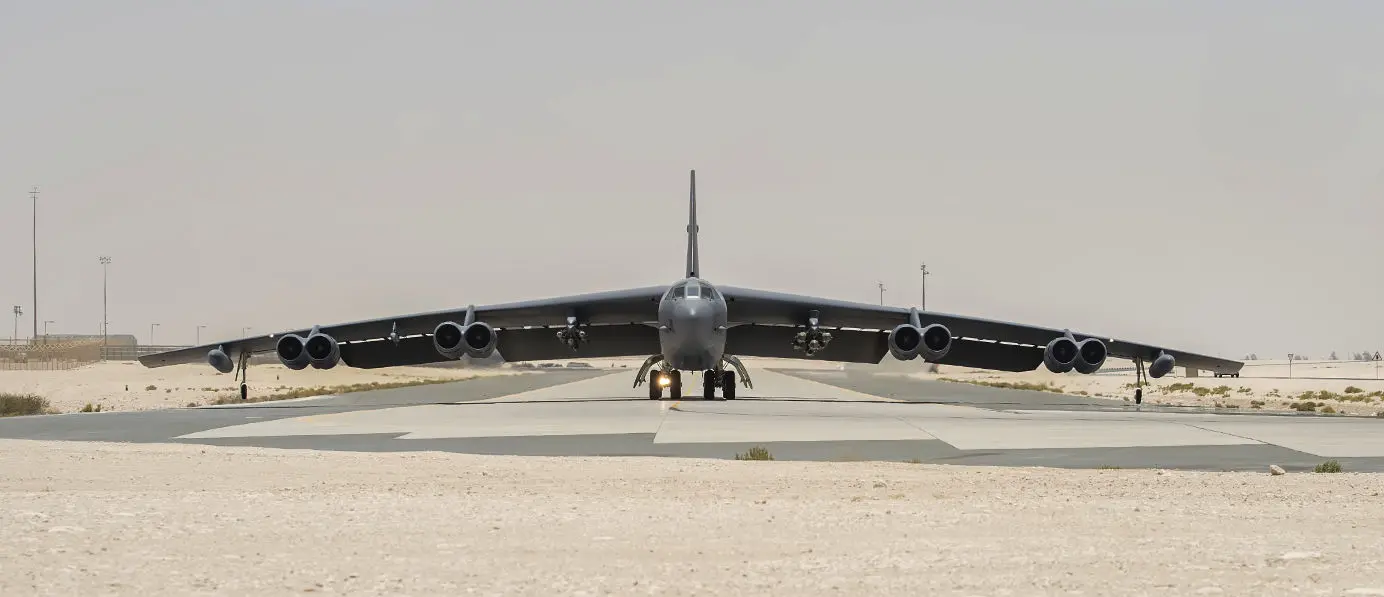
As we continue to decode the numbers and delve deeper into the world of the B-52 bomber, we gain a greater appreciation for the incredible engineering and innovation that went into creating this iconic aircraft. An aircraft that is scheduled to fly into the 2050s, reaching over 90 years of service if true. The B-52's enduring legacy is a testament to its design and its impact on military operations.
So the next time you see a B-52 bomber soaring through the sky, remember the remarkable history and incredible journey that brought it to where it is today. The B-52 bomber is more than just a warplane; it is a symbol of American military might and the triumphs of human engineering.

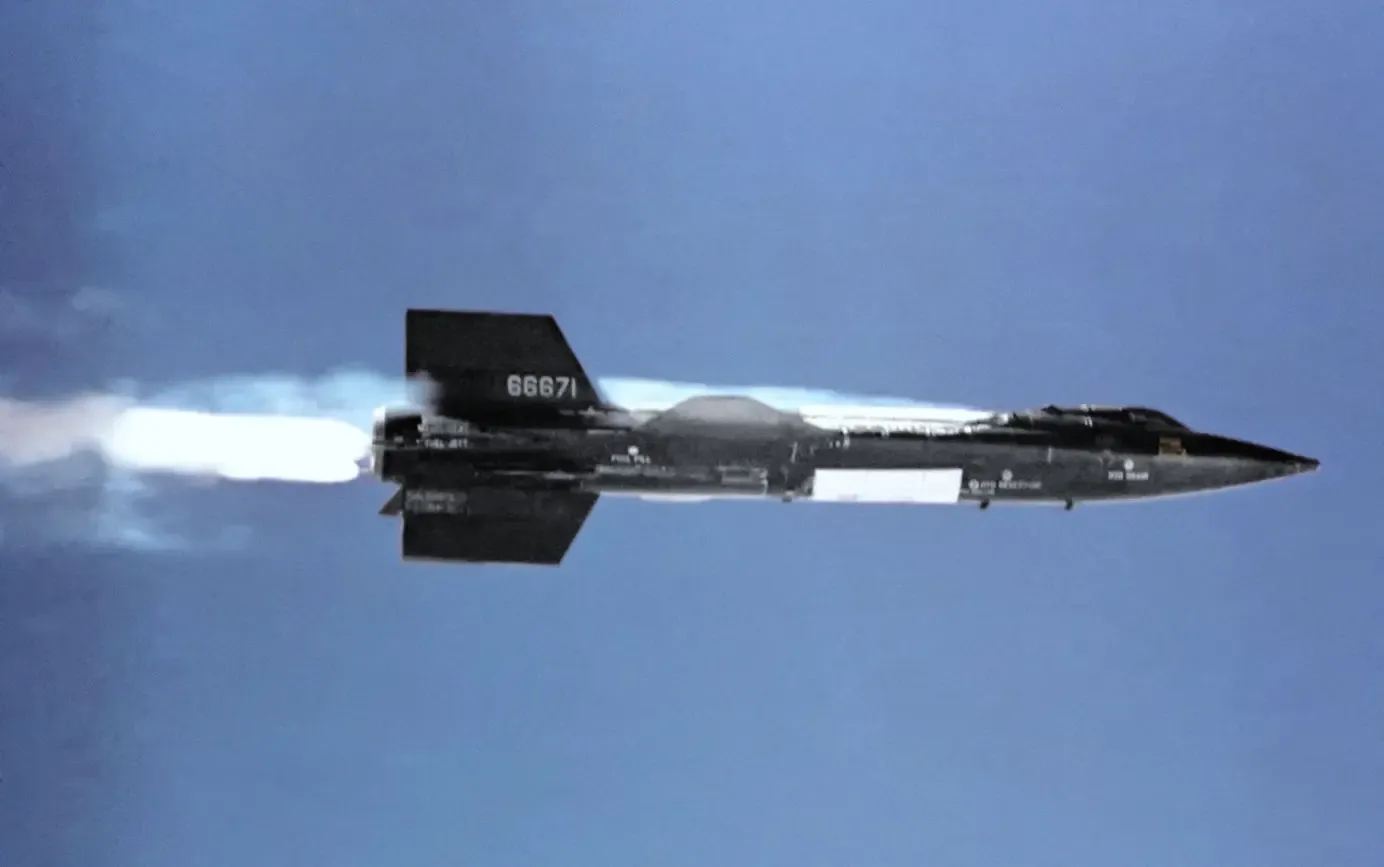
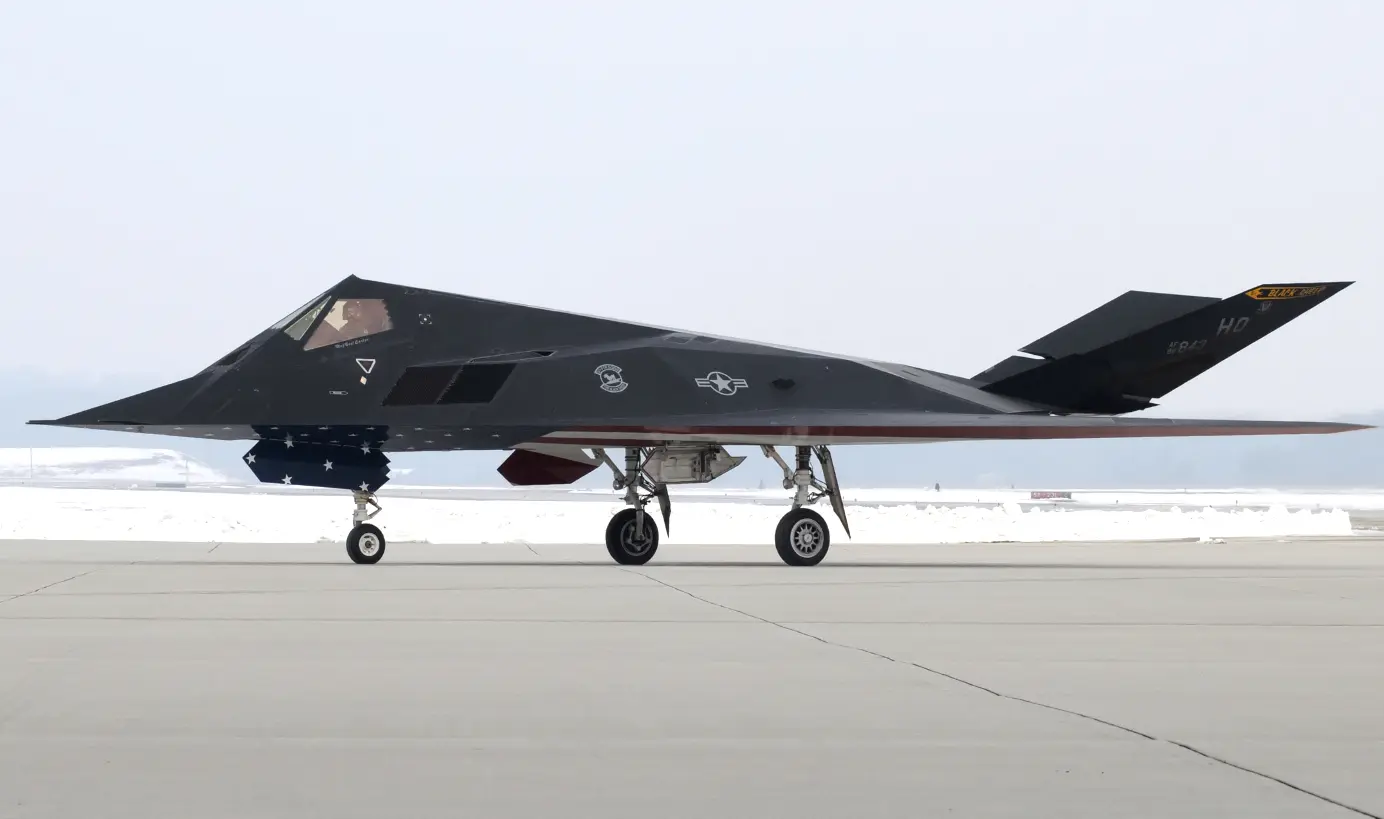
Planenerd Newsletter
Join the newsletter to receive the latest updates in your inbox.







